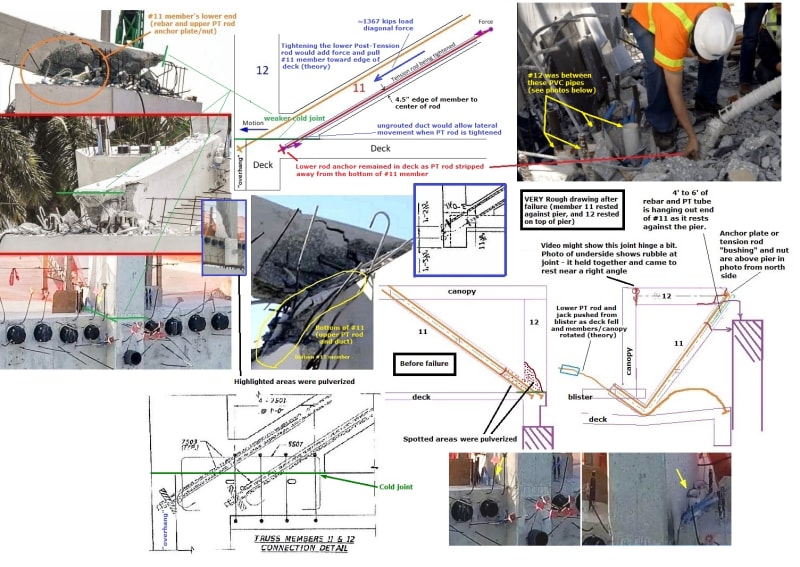jrs87
Mechanical
- Mar 22, 2018
- 201
High resolution photo taken by Pedro Portal 3200x1680
Attachment link to photo below
Attachment link to photo below
Follow along with the video below to see how to install our site as a web app on your home screen.
Note: This feature may not be available in some browsers.
The Mad Spaniard said:the node concrete side faces are compromised by the vertical PT holes and the drainage pipe hole.


That's a valid question. I didn't see much video from the 10th-15th - only a few ones celebrating and PR'ing after the span was set.jasm said:This seemed to me an answerable question given all the footage that was shot between the 10th-15th.
chris snyder said:"computer too old"
Cutterhead said:"How do I extract?"
